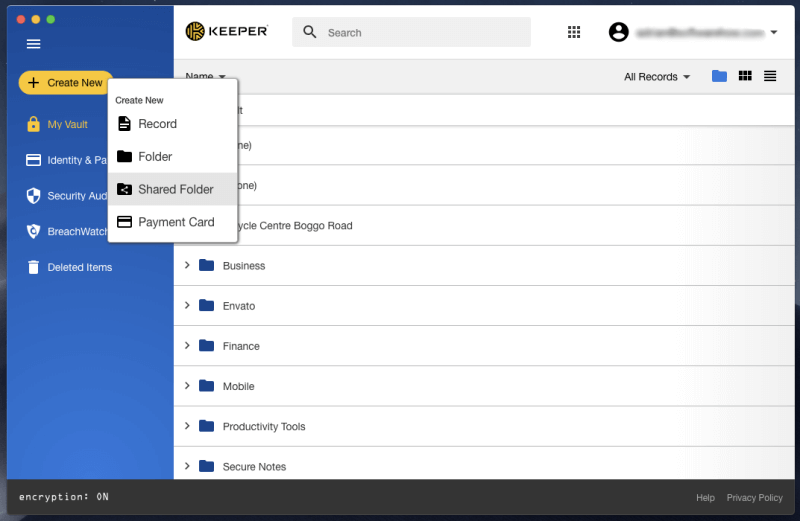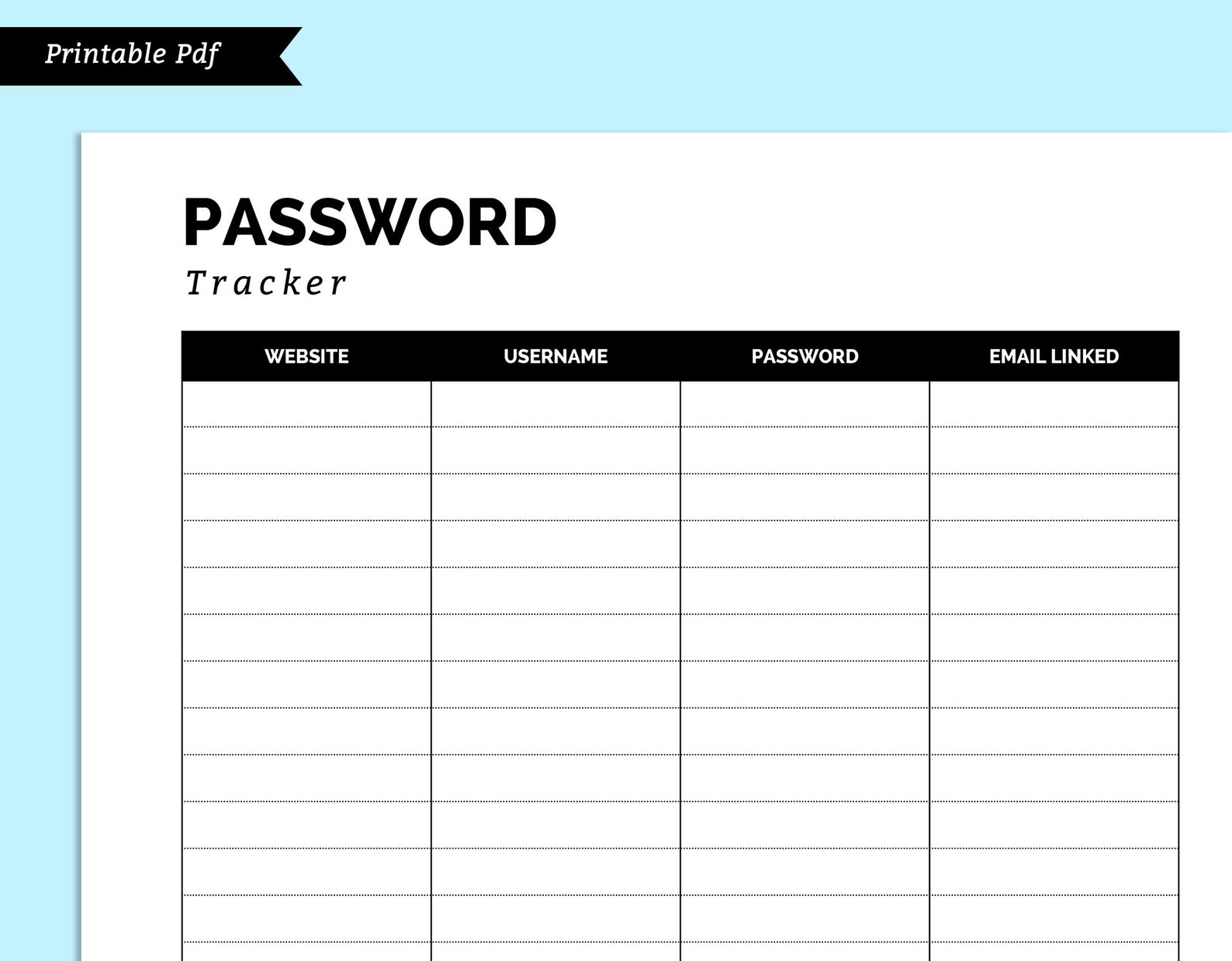

You can identify weak passwords and replace them if need be. This one lets you assess password vault strength, overall and separately for each entry. This feature may come in handy if you’re an avid online shopper: no need to enter the payment details every time you pay online.

VaultĪpart from the passwords, Keeper can save your credit card particulars as well. In case you wish to migrate to another password manager or keeping a copy for backup. Similar to import–there is an export tab. Import function for almost every password manager has these common steps of exporting ‘.csv’ file from the old one and then importing the same in the new.įor simplicity, there are dedicated instructions for a large number of password managers.Įven if the list is missing any particular password manager–one can follow the normal process mentioned above. Like all password managers, it has options for import.
#Who owns keeper password manager code
It will then ask to verify your email id by entering the code already sent to it. You need an email and a master password to create an account. Source: Keeper Hands-On: Keeper Password Manager The key pair is used for local encryption/decryption of the vault at the emergency contact’s device. The vault will be accessible by the emergency contact after a fixed time set by the original user.īesides this, the recipient must be a Keeper user with a public/private key pair to access the vault.

One can share the vault with the emergency contacts (up to 5). Some keys also have NFC depending upon the model.

So, the next time you log in, insert it in a USB port in addition to the master password to unlock the vault. These physical keys are an alternative to two-factor authentication.Ī FIDO-compatible U2F hardware-based security key (like YubiKey) can be registered in the settings menu.
#Who owns keeper password manager android
The key can be obtained via SMS, Duo Security, RSA SecurID, Google or Microsoft Authenticator, or Keeper DNA-compatible wearable devices (Apple Watch or Android Wear). In this case, when a user logs in using the master password, they get a secret key which is entered additionally to access the vault. Keeper has TOTPs (Time-based One Time Passwords) for securing the password vault in addition to the master password. Overall, Keeper promises multilevel encryption and to store nothing about the user besides the email address, device type, and subscription plan. So, only a user has a record of its own master password.Īlso, encryption-decryption takes place on the user’s device, and not on the Keeper’s servers.Įncryption and similar algorithms use an AES-256 bit key, which is generated and kept with the user’s device.Īgain, the cipher key used for encryption and decryption is stored locally and not on the Keeper’s cloud, except for sync.įor syncing across devices and platforms, an encrypted version of the cipher key is stored in the cloud. Keeper practices a zero-knowledge policy. The sole reason for any user to trust a password manager is security.Īnd after reading through their website, one seldom goes unconvinced. KeeperFill, its browser extension, is available for all leading browsers: Chrome, Firefox, Safari, IE, Edge, Opera. Keeper Password Manager covers all the major desktop and mobile platforms: Mac, Windows, Linux, Android, iOS. It is headquartered in Chicago, IL other official locations include El Dorado Hills, CA and Cork, Ireland. was founded by Darren Guccione and Craig Lurey in 2009.


 0 kommentar(er)
0 kommentar(er)
